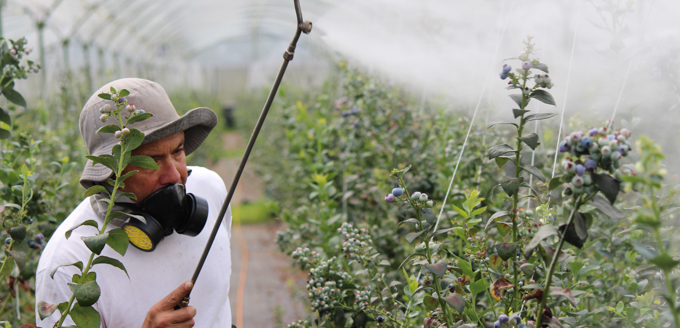
Pesticide litigation in the United States has a storied history, marked by significant legal battles over the environmental and health impacts of chemical substances used in agriculture and pest control. From the controversy surrounding DDT in the mid-20th century to the recent lawsuits against the makers of Roundup, these legal cases have not only influenced regulatory practices and public policy but also highlighted the ongoing tension between agricultural innovation and environmental health. This blog explores key moments in the history of pesticide litigation, examining how these legal battles have shaped the landscape of environmental law and consumer safety.
The DDT Controversy and Regulatory Response
DDT (dichloro-diphenyl-trichloroethane) was widely used as an insecticide in the United States following World War II, celebrated for its effectiveness in controlling mosquito populations and reducing insect-borne diseases. However, by the 1960s, scientific studies began to reveal the detrimental effects of DDT on wildlife, particularly birds. The publication of Rachel Carson’s “Silent Spring” in 1962 brought widespread public attention to the issue, catalyzing environmental activism and sparking debate over the use of chemical pesticides.
The legal and regulatory response to the concerns raised about DDT was significant. In 1972, the newly formed Environmental Protection Agency (EPA) issued a ban on the agricultural use of DDT in the United States, citing its adverse environmental effects and potential human health risks. This decision was the culmination of a series of lawsuits and administrative hearings that pitted environmental groups against chemical companies and agricultural interests. The DDT ban marked a pivotal moment in environmental law, setting a precedent for future regulatory action on pesticides and signaling a shift towards greater environmental protection.
Roundup Litigation and the Glyphosate Debate
Fast forward to the 21st century, and pesticide litigation has once again captured the national spotlight, this time focusing on Roundup, a widely used herbicide containing the active ingredient glyphosate. Roundup has been the subject of intense legal scrutiny due to allegations that prolonged exposure to glyphosate can cause cancer, specifically non-Hodgkin lymphoma. Thousands of lawsuits have been filed against Monsanto, the manufacturer of Roundup, by individuals claiming that their cancer diagnoses were linked to the use of the herbicide.
The legal battles over Roundup have led to several high-profile verdicts in favor of plaintiffs, awarding substantial damages for the alleged health impacts of glyphosate exposure. These cases have not only raised questions about the safety of glyphosate but also about the adequacy of regulatory oversight and the responsibilities of chemical manufacturers to ensure the safety of their products. The ongoing litigation has prompted regulatory reviews and public debates worldwide, with some countries moving to restrict or ban the use of glyphosate-based herbicides.
Impact on Public Policy and Environmental Awareness
The history of pesticide litigation in the United States has had a profound impact on public policy, regulatory practices, and environmental awareness. Legal battles over DDT, Roundup, and other pesticides have underscored the importance of scientific evidence in regulatory decision-making and highlighted the need for robust safety evaluations of chemical products before they enter the market. These cases have also played a crucial role in advancing environmental law, contributing to the development of legal principles that prioritize public health and environmental protection.
Moreover, pesticide litigation has amplified public awareness and concern about the environmental and health effects of chemical use in agriculture. It has sparked a broader conversation about sustainable farming practices, the precautionary principle, and the rights of consumers and communities to live in a healthy environment. As a result, there is increasing demand for transparency, stricter regulatory standards, and greater corporate accountability in the use of chemical pesticides.
Conclusion
The history of pesticide litigation in the United States, from DDT to Roundup, reflects the evolving understanding of the complex relationship between human activity, chemical use, and environmental health. These legal battles have not only led to significant changes in how pesticides are regulated and used but have also highlighted the ongoing challenges in balancing agricultural productivity with the imperative to protect human health and the environment. As the legal, scientific, and public debates continue, the legacy of pesticide litigation serves as a reminder of the critical role of the law in addressing environmental and public health concerns.
